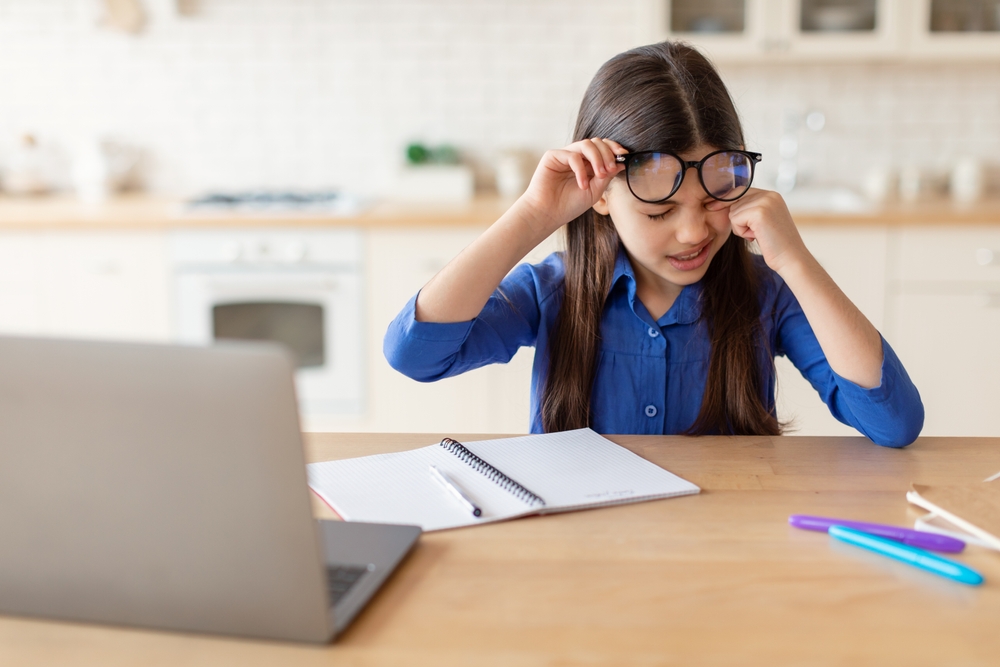
Children depend on their eyesight not just to see the world, but also to learn, play, and interact with others. Unfortunately, many eye problems in children can go unnoticed without regular checkups. At Glenpool Eye Care, we want to empower parents with the knowledge to recognize early warning signs and understand why routine eye exams are crucial for protecting their child’s vision and overall well-being.
Why Eye Health Matters for Children
Children rely heavily on their vision as they learn and explore the world. Studies show that up to 80% of what a child learns in school is presented visually. When children have trouble seeing clearly, it can affect their academic performance, social development, and even self-esteem.
Common Eye Conditions in Children
Some of the most common eye conditions in children include:
Refractive Errors: Conditions like nearsightedness (myopia), farsightedness (hyperopia), and astigmatism cause blurred vision and are often corrected with glasses.
Amblyopia (Lazy Eye): This condition occurs when one eye doesn’t develop proper vision, often due to a difference in prescription or an eye turn. Early treatment is essential.
Strabismus (Crossed Eyes): Misalignment of the eyes can affect depth perception and may lead to amblyopia if untreated.
Conjunctivitis (Pink Eye): Common in school-age children, this inflammation can be caused by infections or allergies.
Eye Allergies: Red, itchy, watery eyes may indicate seasonal or environmental allergies.
Warning Signs Parents Shouldn’t Ignore
Children may not always realize or communicate that something is wrong with their vision. Watch for these warning signs:
Squinting, closing one eye, or tilting the head to see better
Frequent eye rubbing or blinking
Sitting too close to the TV or holding books too close
Complaints of headaches or tired eyes
Difficulty reading, poor handwriting, or struggling in school
Avoiding tasks that require close vision, like reading or coloring
Clumsiness or difficulty with hand-eye coordination
If you notice any of these symptoms, it’s important to schedule an eye exam as soon as possible.
The Importance of Regular Pediatric Eye Exams
The American Optometric Association recommends that children have their first comprehensive eye exam around 6 to 12 months old, again at age 3, and before starting school. After that, annual exams are advised. Routine visits allow eye doctors to detect problems early, sometimes even before symptoms appear, and provide treatment to support healthy vision and development.
Ensure Your Child’s Success with a Comprehensive Eye Exam
Children’s eye health is too important to overlook. By understanding the warning signs of common eye conditions and scheduling regular eye exams, you can help your child see clearly and reach their full potential in school and in life.
If you’re concerned about your child’s vision, or if it’s time for their next checkup, contact Glenpool Eye Care to schedule a pediatric eye exam. Visit our office in Glenpool, Oklahoma, or call (918) 233-8400 to book an appointment today.







